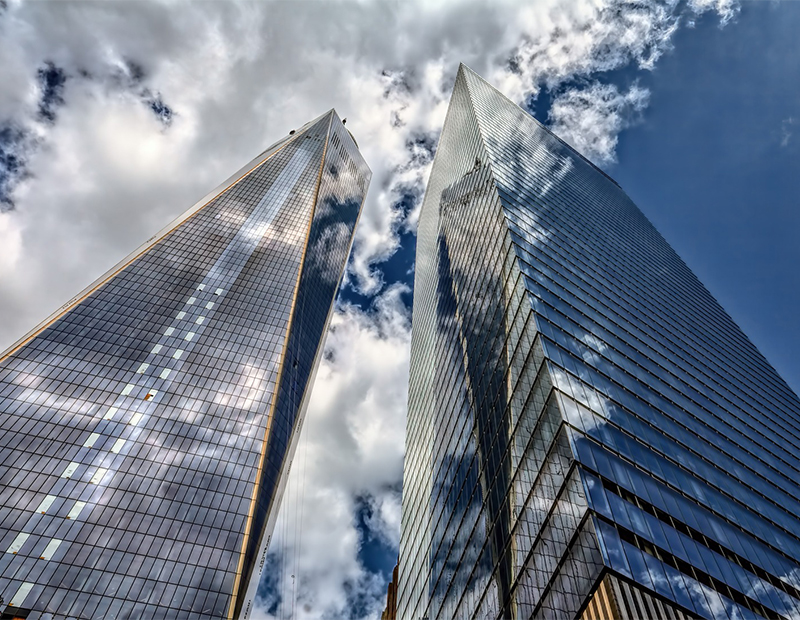All LEED Buildings Now Eligible for Recertification
Over the past 25 years, the U.S. Green Building Council certified more than 43,700 commercial projects across 167 countries and territories.
By Anca Gagiuc
 The U.S. Green Building Council will begin offering recertification for all LEED-certified projects. Once recertified, these will meet the standards of the newest available version of the rating system.
The U.S. Green Building Council will begin offering recertification for all LEED-certified projects. Once recertified, these will meet the standards of the newest available version of the rating system.
USGBC created a structure to shift toward the ongoing, performance-based certification and monitoring model when LEED 2009 was introduced. Now, recertification will be available to all occupied and in-use projects that have previously achieved certification. To be eligible for certification, projects must submit 12 months of data demonstrating continued improved performance. The recertification will be available for three years.
Facts, figures
As of October 2018, there were more than 43,700 LEED-certified commercial projects across 167 countries and territories, and more than 7.2 billion square feet of LEED-certified space on the world map, spanning all property types—from schools to hospitals and landmarks to new construction and even entire cities.
The Green Building Certification Institute (GBCI)’s recertification review will award a maximum of 100 LEED points:
- Energy performance: 1-33 points
- Water performance: 1-15 points
- Waste performance: 1-8 points
- Transportation performance: 1-14 points
- Indoor Environmental Quality Performance: 1-20 points
- Prior LEED Certification Credit: 10 points. This will be automatically awarded to all projects that have been previously LEED-certified
To be recertified, projects must earn a minimum of 40 points. GBCI will award one of the LEED certification levels, valid for three years, but projects will still be required to submit data annually:
- Certified: 40-49 points
- Silver: 50-59 points
- Gold: 60-79 points
- Platinum: 80+ points
“Recertification has always been part of the overall vision of LEED and plays a key role in its continuing evolution. We are focusing on the areas where we can make the biggest impact to improve the standard of living globally–the performance of our buildings. That’s why we want all LEED projects to continue to demonstrate leadership and ensure they are actually providing real benefits to the people who inhabit them,” Mahesh Ramanujam, president & CEO of USGBC, said in a prepared statement.







You must be logged in to post a comment.